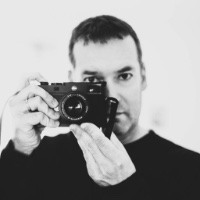Focus techniques
-
Recently Browsing 0 members
- No registered users viewing this page.
-
Similar Content
-
- 2 replies
- 190 views
-
SL2 Focus Peaking
By Tkp,
- 18 replies
- 1,842 views
-
- 14 replies
- 596 views
-
- 26 replies
- 1,374 views
-
- 15 replies
- 490 views
-




Recommended Posts
Join the conversation
You can post now and register later. If you have an account, sign in now to post with your account.
Note: Your post will require moderator approval before it will be visible.